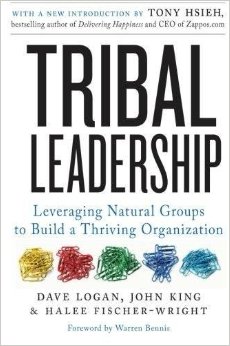On “How to use culture interviews to build a better team”
Hiring can be a risky process for all companies. Good hires contribute positively to company goals and company culture, but bad hires are costly and disruptive to team dynamics. For startups, finding potential employees with the right mix of experience, skills and culture fit is becoming the norm. Company culture is a key determinant of startup success or failure, so many are placing an emphasis on culture in the interview process. This is one approach we think many companies will benefit from knowing about, as the process does more than uncover the person behind the resume – it can contribute to trust and employee engagement as well.
In the CIO.com article, “How to use culture interviews to build a better team”, by Sharon Florentine, learn how some companies go beyond behavioral interviewing to emphasize company culture in their interview process. The article outlines tips as well as pitfalls.
What techniques do you use to assess cultural fit of potential employees?
MORE


